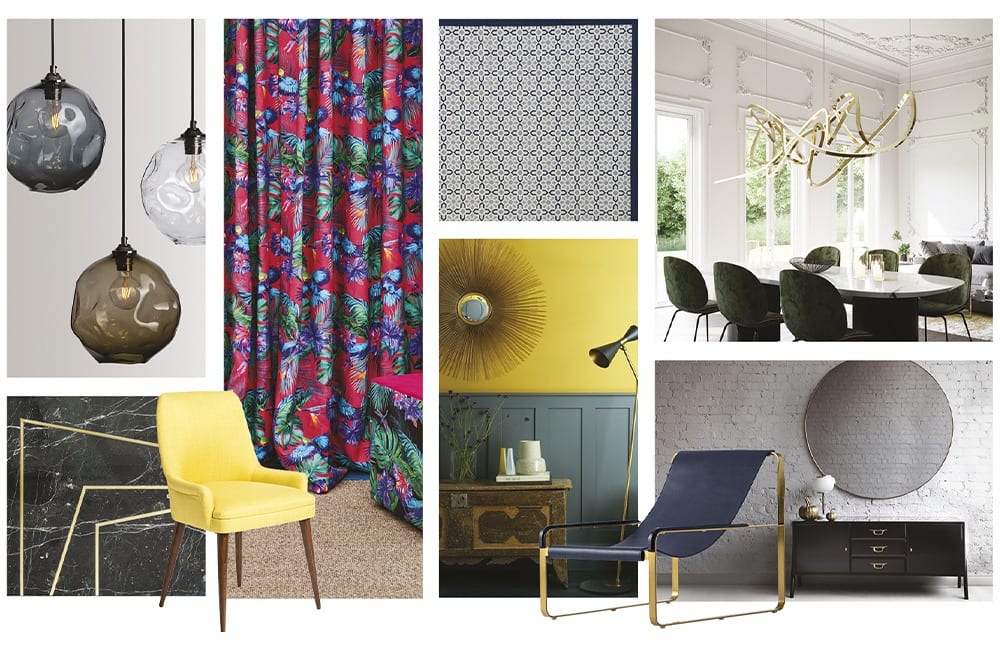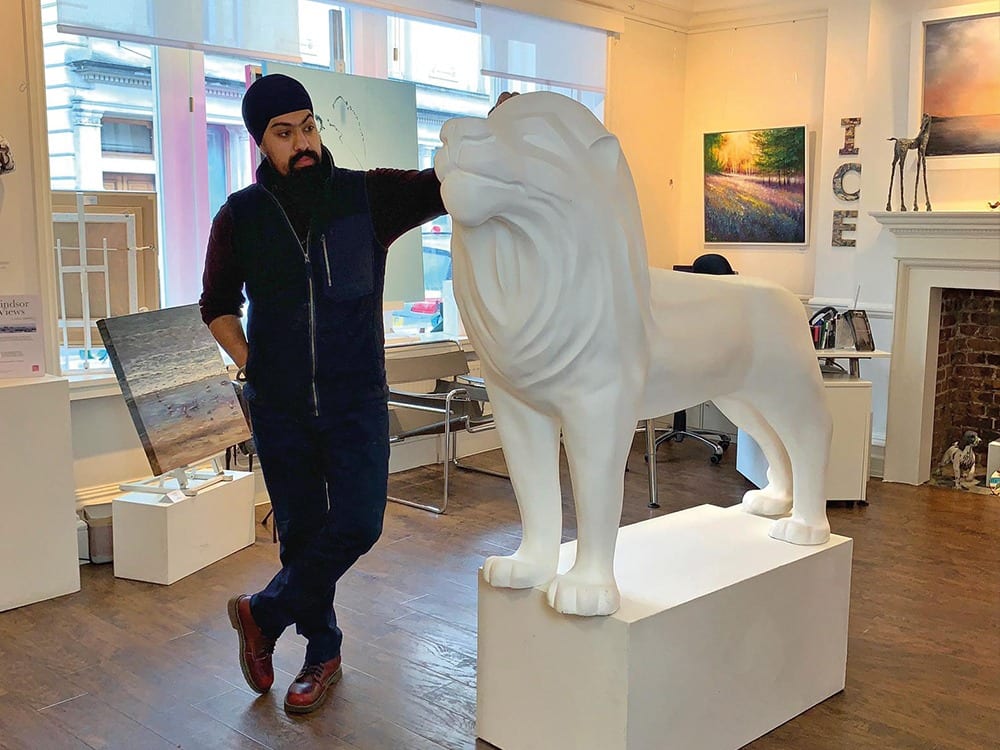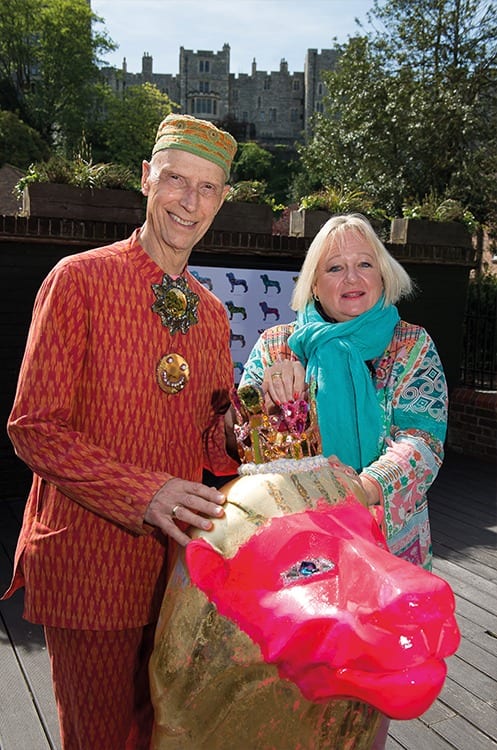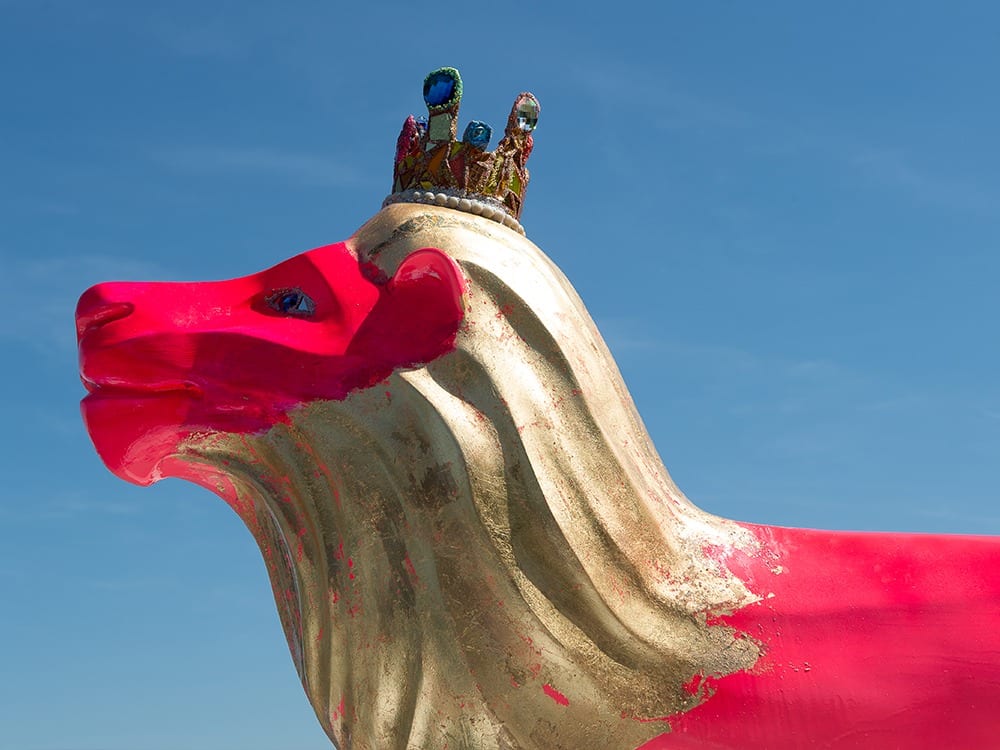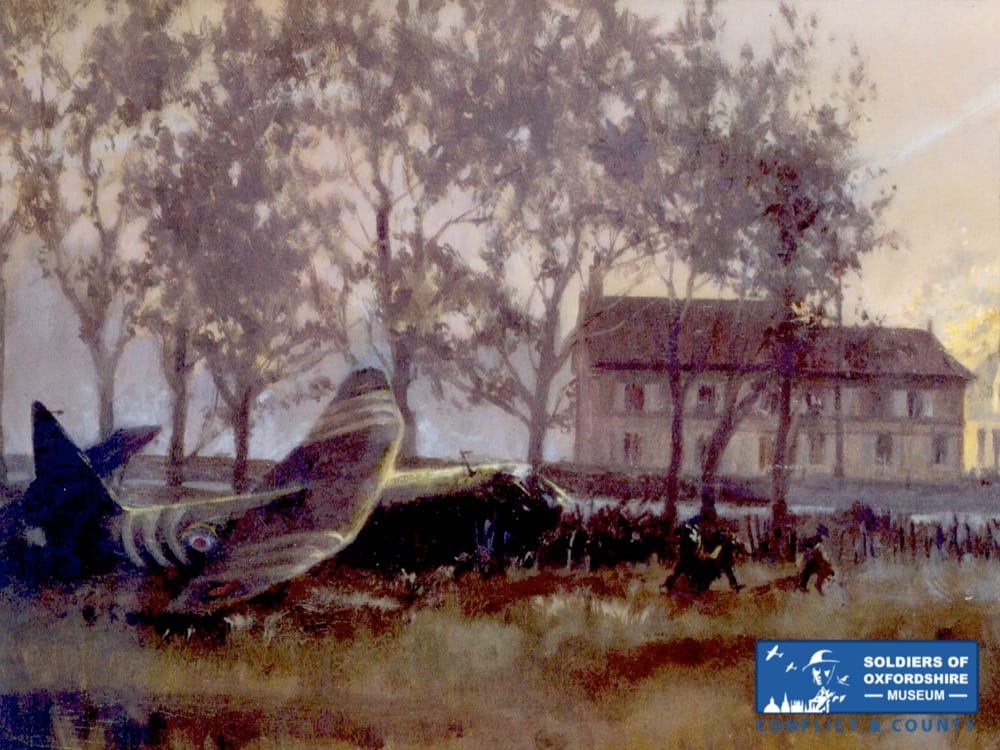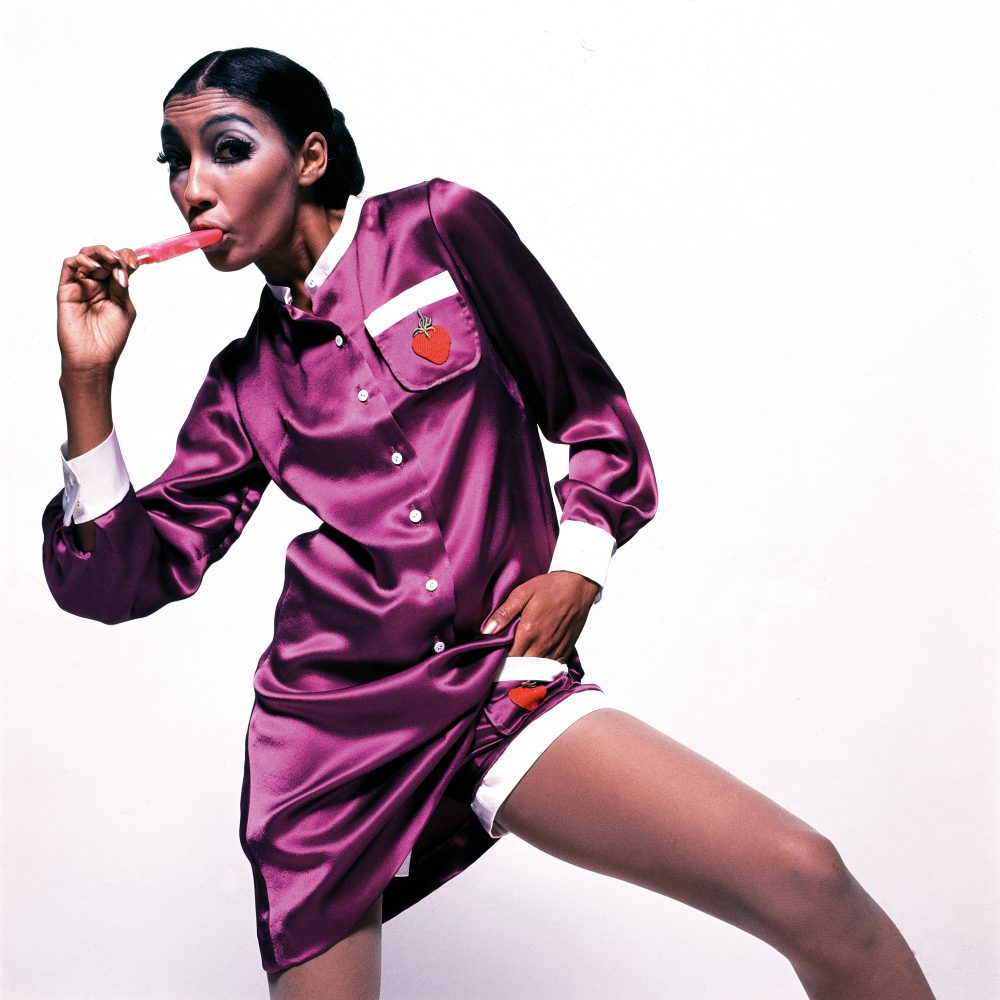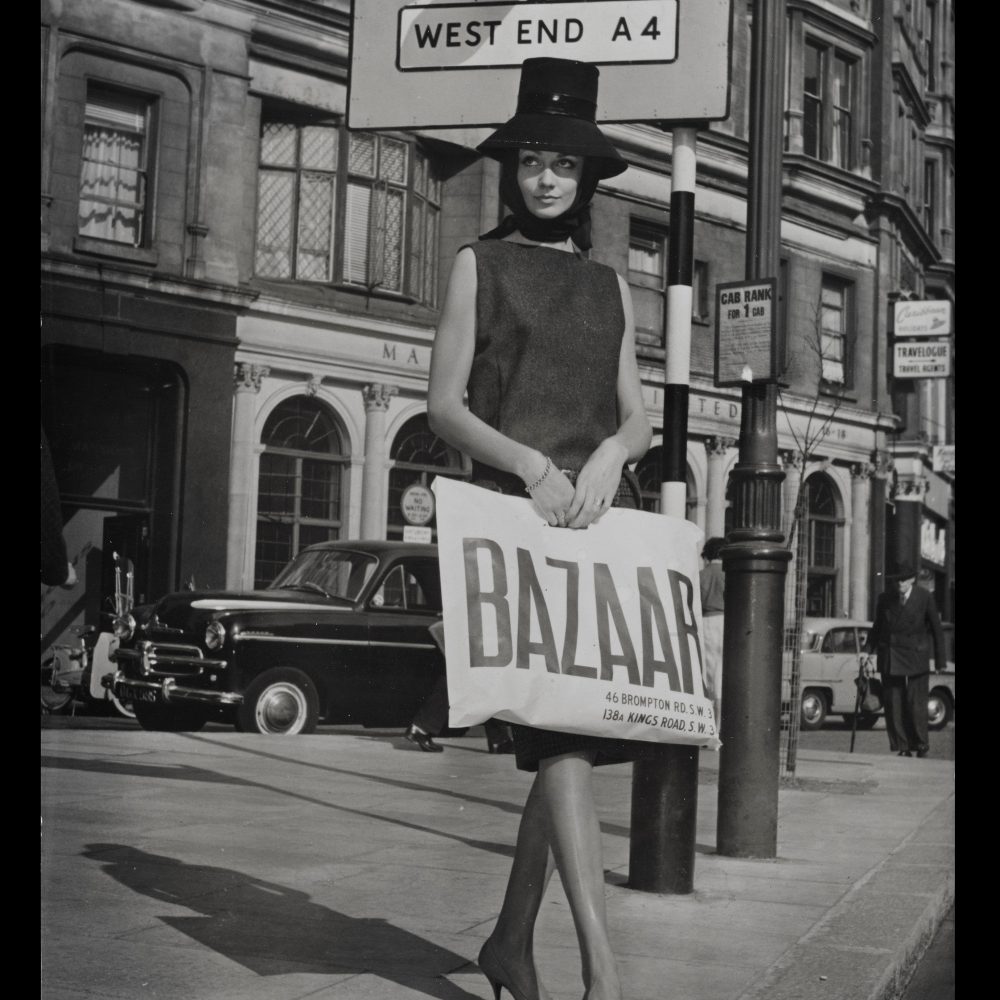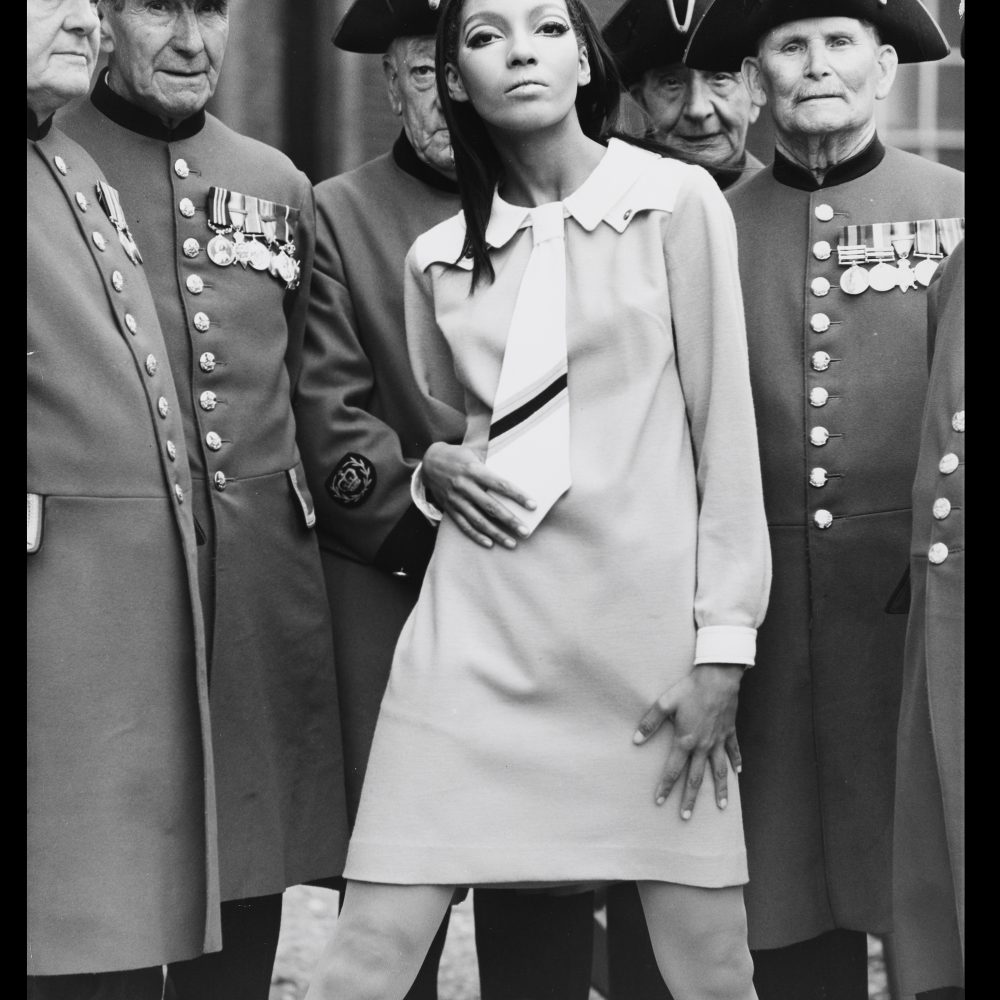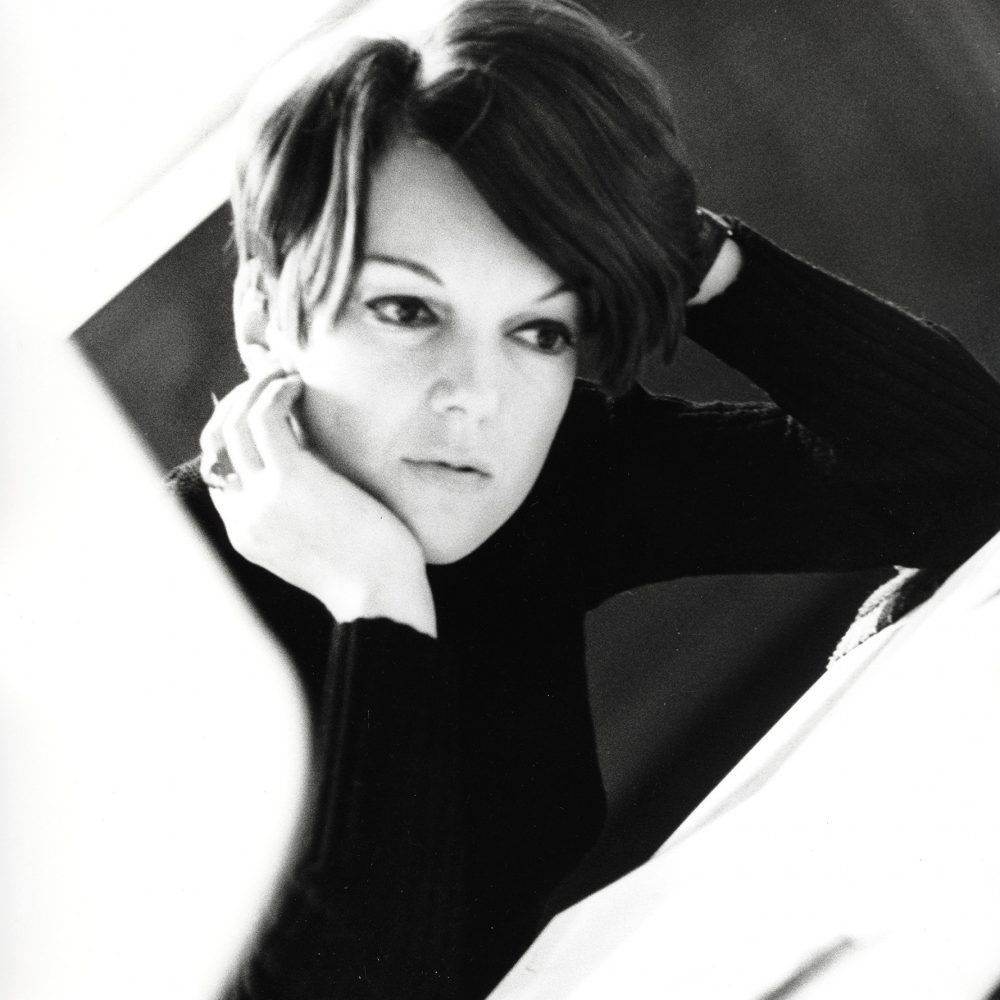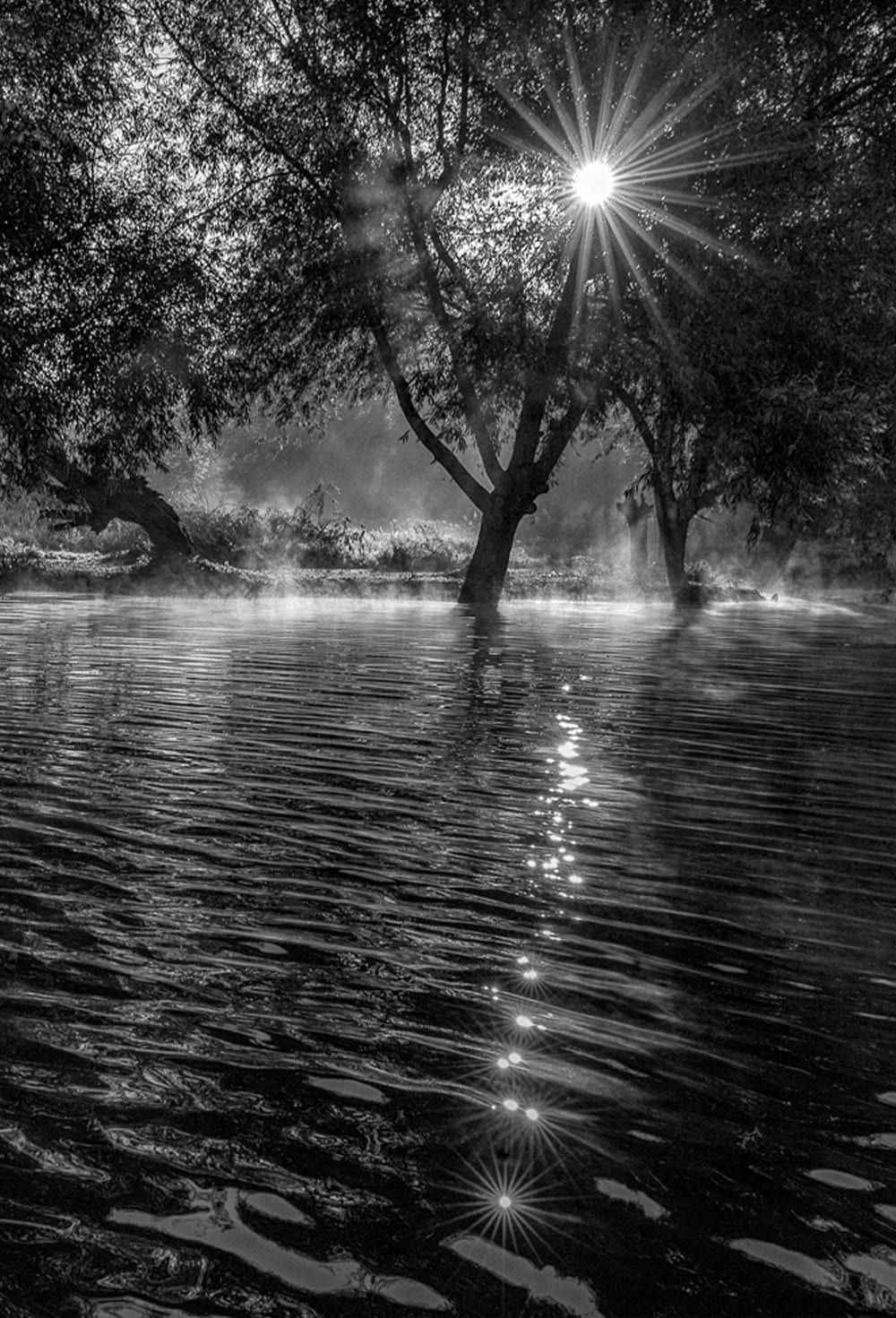An exciting new exhibition has launched at Reading Museum offering an extraordinary glimpse of art work inspired by the animal kingdom.
ANIMAL: World Art Journeys delivers a visual treat inspired by the animal world, from lobsters and lions, to donkeys with dragons, and fabulous birds & beasties!
The free exhibition runs until 18th April 2020 in the John Madejski Art Gallery.
Drawn from across the collections of Reading Museum, the Museum of English Rural Life (The MERL) and Reading people, this is a show with something for everyone – from families to art lovers alike.
Visitors will be able to journey through time and around the world, where great art meets great craft. See how artists have transformed the animal world into stunning stylised forms such as Peruvian weavings and Javanese batiks. Enjoy the work of artists from as far afield as ancient Egypt or 19th century Asia to contemporary Britain.
Star objects include a breath-taking 19th Century Chinese court robe and the acclaimed 19th Century artist Charles Burton Barbar’s stunning Gelert – which illustrates the legendary story of the faithful dog who protected the Welsh King Llywelyn’s infant son from a wolf.
The exhibition will be accompanied by an exciting activity and events programme including an ‘animal’ themed half term for children at Reading Museum, as well as talks and events at The MERL. There may even be animals who escape into the town…
Cllr Karen Rowland, Reading’s lead member for culture, heritage and recreation, said: “The exhibition offers a fantastic opportunity to enjoy art from both Reading Museum and The MERL’s collections.
“There will also be lots of animal themed fun activities available for children over the half term to look forward to, as well as lots of interactive activities in the exhibition itself.
“We are delighted to be drawing on the strength of combined collections and shared expertise to showcase a very special exhibition in the town centre.”
Kate Arnold-Forster, director of the Museum of English Rural Life said: “This is the second exhibition supported by Museums Partnership Reading where Arts Council England is helping create exciting new collaborative programming for our visitors.”








